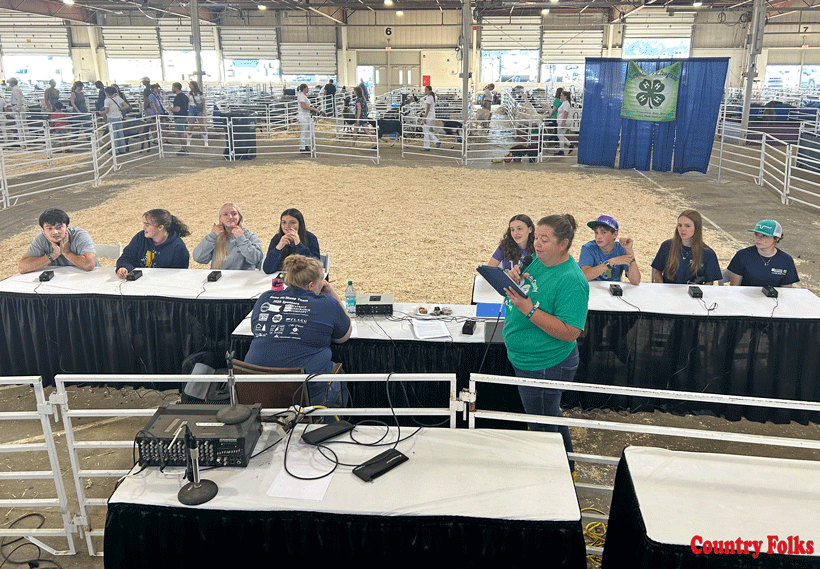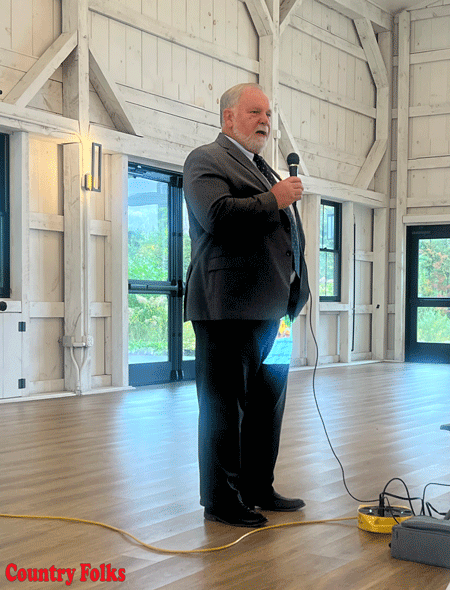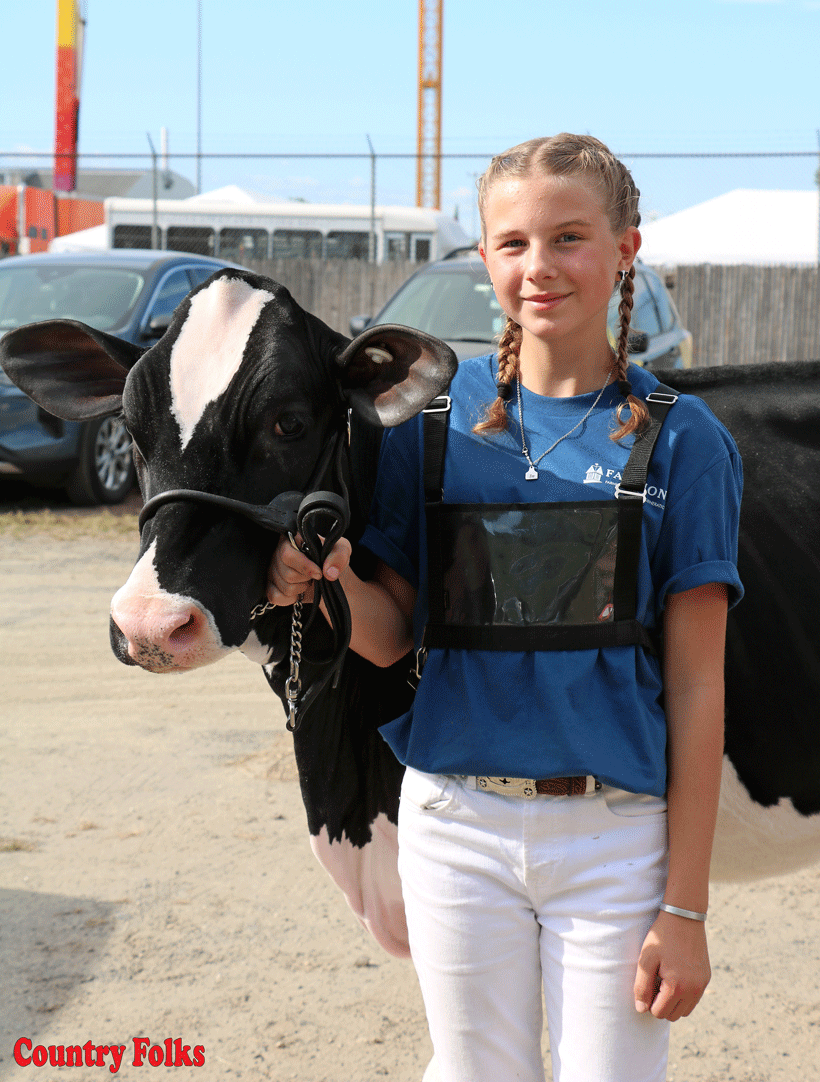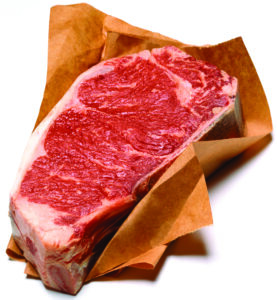Dr. Glenda Pereira, the host of “Maine Farmcast” and the UMaine Extension dairy specialist, sat down with Dr. Juan Romero, associate professor of animal nutrition at UMaine, to discuss the challenges concerning hay production in New England.
Producing hay in New England is mostly challenging due to the amount of precipitation it receives. Romero stated, “We seldom have periods across the year that we don’t have rain longer than four days.” It’s “almost impossible” to make hay out of a first cut in New England, as the forage is too wet.
The “most reliable period” that New England farmers can produce hay is from the third cut. A dry period of four to five days is ideal for hay production, but that’s not commonly seen in the region. So Romero is searching for new methods and technology to make growing in these wet conditions more successful.
For the past few years, Romero has been exploring new research lines with funding from USDA-NIFA’s Alfalfa Seed & Alfalfa Forage System Program. He’s found “some interesting trends that nobody had identified before,” including research that suggests microbial inoculants are not as effective on hay as organic acid preservatives.
Using preservatives can be beneficial in maintaining a great hay product, especially when weather patterns are unpredictable. The application timing and the amount of preservatives to apply depends on the size of the bale. A normal large round bale cannot have more than 18% total moisture. If the forecast shows it’s going to rain, and there’s less than 25% – 30% moisture remaining in the bale, preservatives can be added to help reduce the moisture.
Romero is conducting a study to test if buffer organic acids are as efficient at preserving hay as compared to plain propionic acid. So far, he hasn’t observed any major differences, but can conclude that buffer organic acids are safer to handle and are less corrosive than propionic acid.
“The storage of the hay is also crucial,” noted Pereira. Even if the moisture level of the hay crop is ideal when harvested, improper storage can lead to terrible dry matter losses and subsequently, loss of nutrients.
Romero emphasized the importance of making sure the bales aren’t touching the soil during storage, as they can absorb soil moisture, and to ensure rain cannot contact the bales.
Stored hay with a high moisture content is a perfect place for microbes and molds to grow. This growth will lead to dry matter losses, overall loss in nutritional value and the production of mycotoxins. Moldy hay is not safe to feed to any animal.
With many factors being weather-related and out of our control, how do farmers know when it’s “optimal haymaking harvest time”? Romero recommends producing a wide swath when mowing the pasture, making sure at least 80% of the original area that is being mowed is covered.
For fields that have a mix of grasses and legumes, “the structure of the swath is going to allow more aeration” and help the legumes dry as fast as the grasses do, explained Romero. Soil conditions need to be dry during the harvest period, which is (usually) difficult to achieve in New England. Tools such as conditioning, tedding and even the presence of a moderate wind speed can help reduce soil moisture and expedite the drying of the hay.
Ultimately, you need good weather conditions in order to produce hay. Romero mentioned the importance of optimal solar radiation, high ambient temperature and a relative humidity below 70%. When weather conditions are not on your side, preservatives can be used and bales can be wrapped to prevent and/or reduce moisture in the hay.
by Kelsi Devolve












Leave A Comment